Modern travel has made our lives safer and easier in many ways, with people able to move across continents and oceans in a matter of hours as opposed to days, weeks, or even months.
Now, new modes of transportation and sustainable technologies are around the corner, and many could make our daily commutes even more convenient and clean — and maybe even allow us to get some extra minutes of shuteye.
Flying air taxis
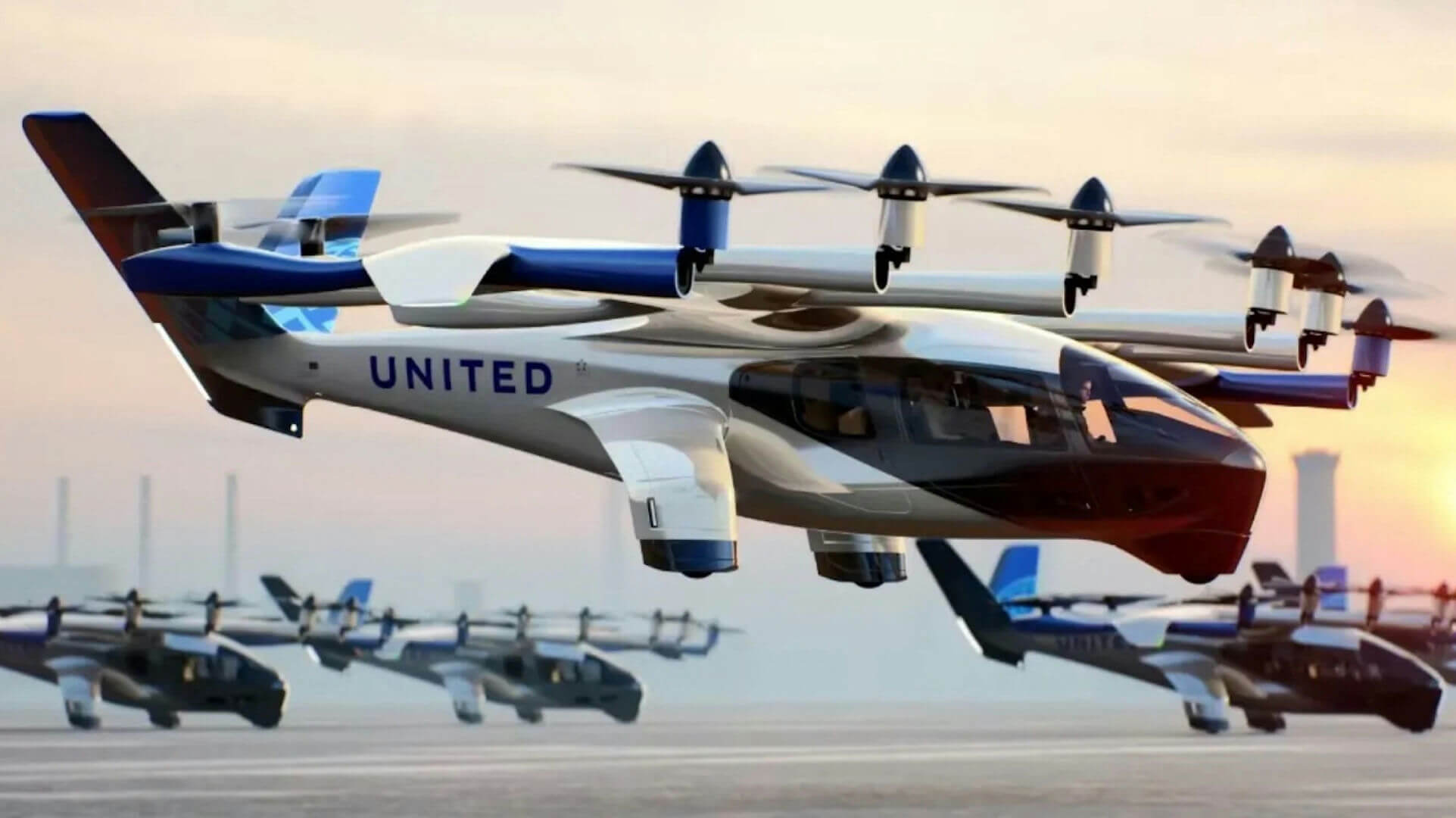
Chicago and New York City are poised to debut flying air taxis as early as next year to help people get to the airport without sitting in traffic, according to Axios. This is being made possible thanks to a partnership between United Airlines and startup Archer Aviation, which designed an aircraft called an eVTOL ("electric vertical takeoff and landing").
The eVTOL, which is quieter and less polluting than typical small aircraft, can carry four passengers while traveling at 150 miles per hour. The Federal Aviation Administration is reviewing the project for approval.
Driverless railpods
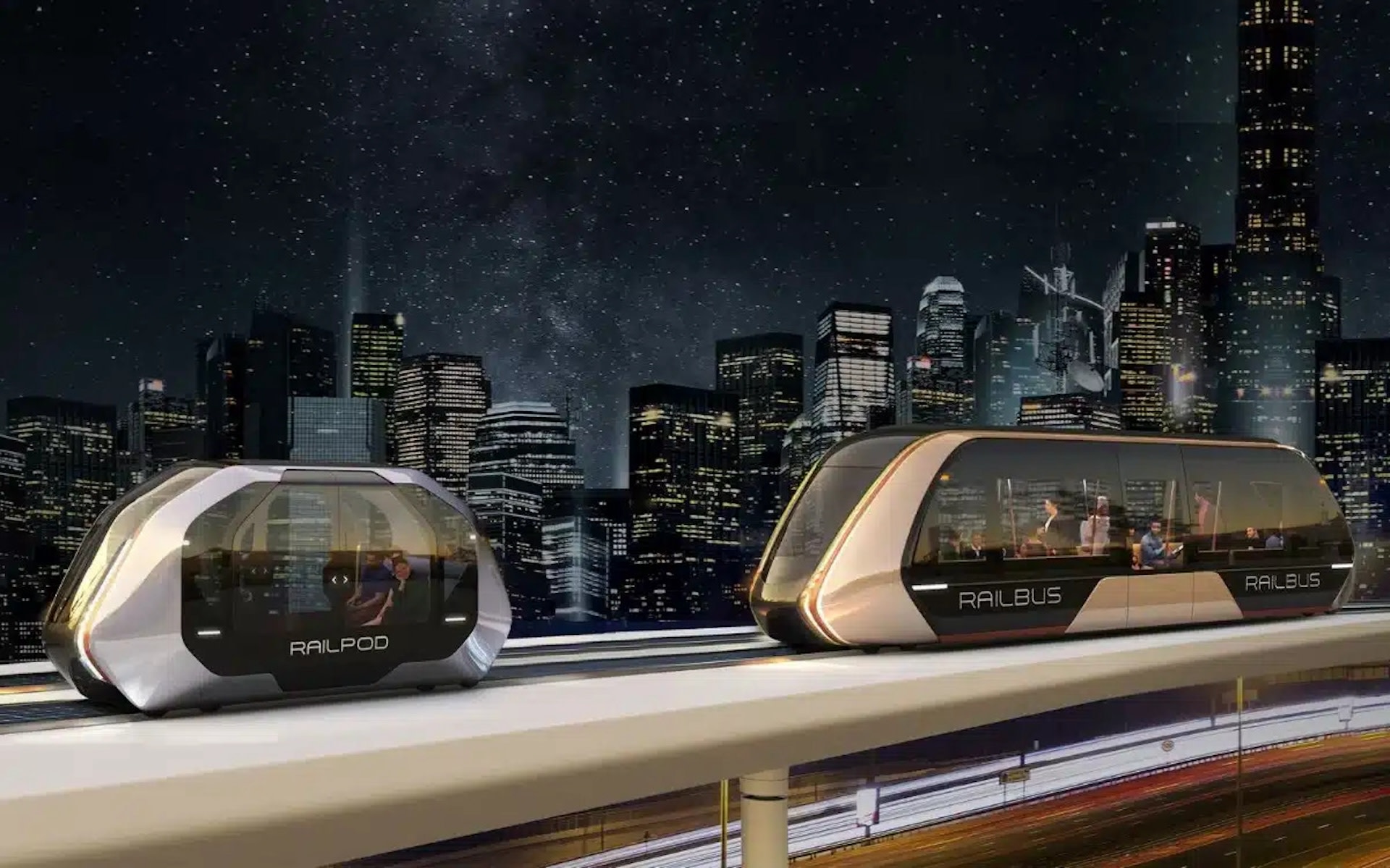
Dubai is developing driverless railpods for an elevated transportation system that proves science fiction doesn't have to be contained in our imaginations.
The pods, which are the result of a collaboration between the Roads and Transport Authority (RTA) and Urban.Mass, would be able to transport anywhere from 1,000 to 16,000 commuters every day. The goal is for them to be mostly powered by the sun, eliminating thousands of pounds of planet-warming carbon pollution generated by gas-powered modes of transportation.
Air-powered airplanes
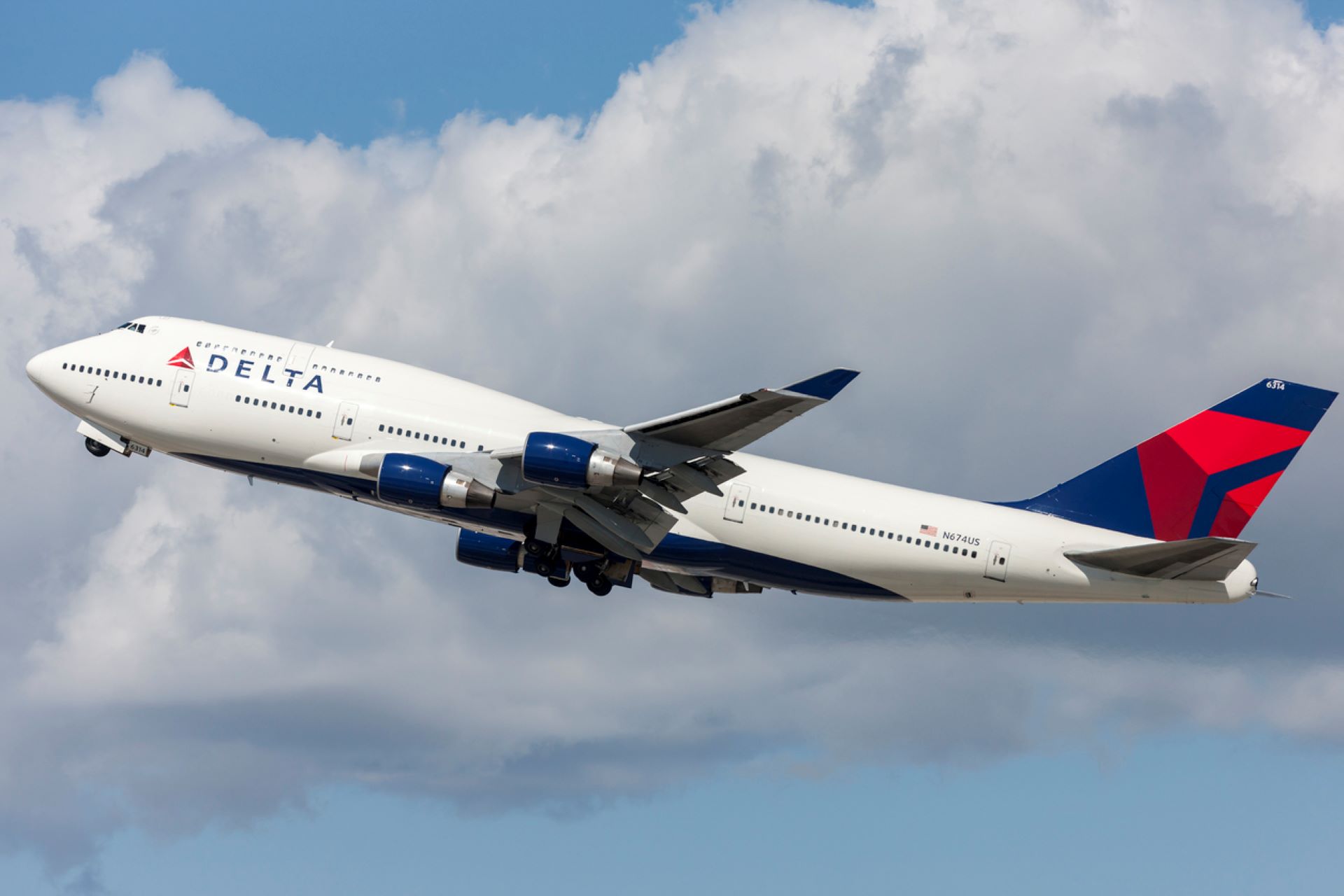
It may sound redundant for an airplane to be powered by air, but scientists are working on an alternative fuel that would do just that. As reported by the New York Times, researchers developed a "power to liquid" process to remove carbon dioxide from the air.
To turn the CO2 into a cleaner fuel, they separated the carbon from the oxygen and combined it with hydrogen, which they'd harvested by using electricity — powered by renewable sources — to split the element from water. At this time, the high cost is one developmental hurdle to overcome, though hydrogen-powered planes are another potential solution to reduce pollution from the sector.
Flying electric passenger ships
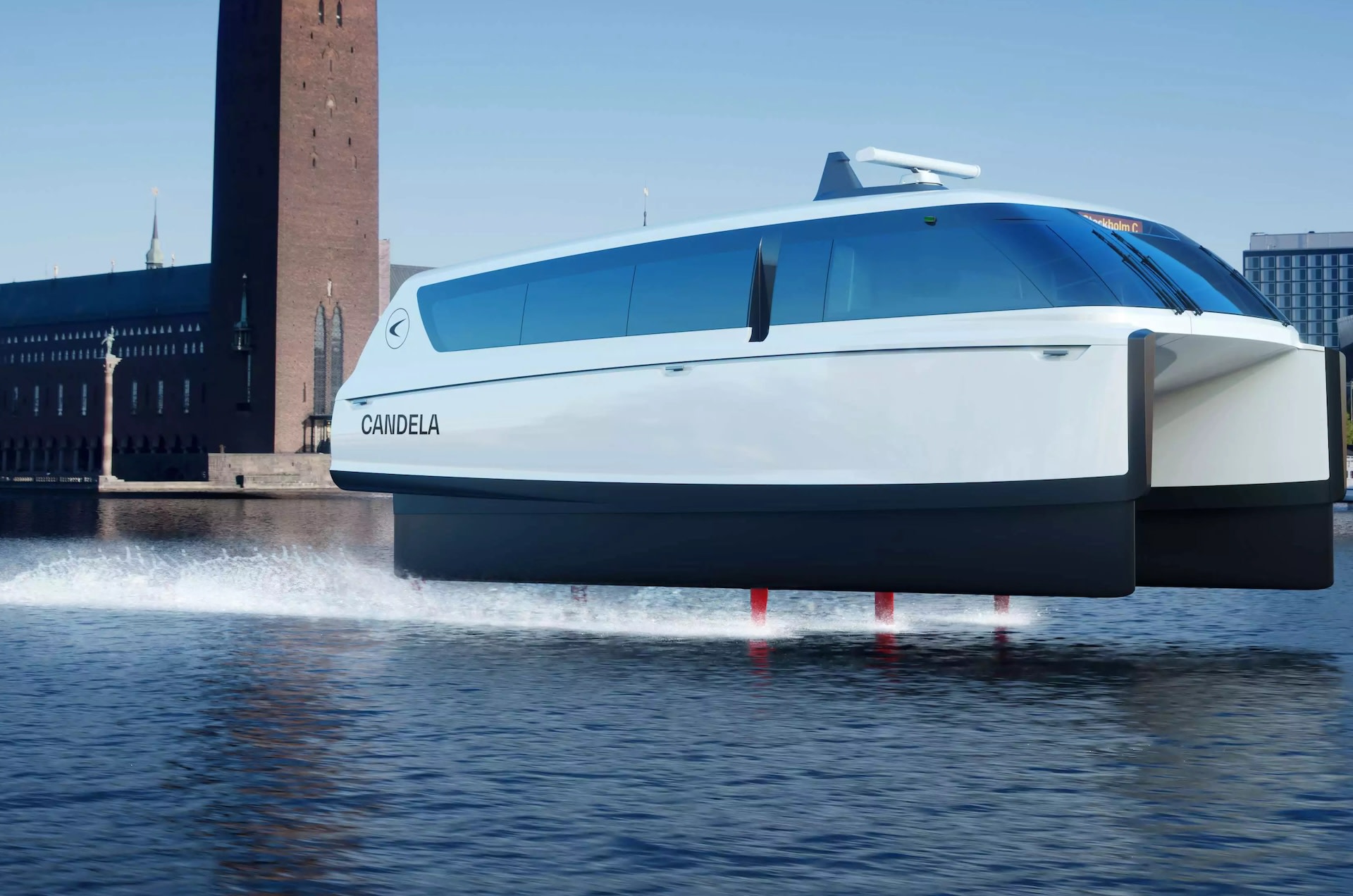
Candela Technology AB is using the principles of aviation to create a commuter ferry unlike any other. Taking the Swedish tech company's hydrofoil boat is "like riding a magic carpet," according to a driver featured in a video by Candela, as the shuttle hovers above the water once it reaches certain speeds.
The boat is powered by electricity rather than gas, meaning the water won't be subject to contamination from dirty energy, and it will cut commute times from the suburb of Ekerö to Stockholm's city center nearly in half when it begins taking passengers sometime this year. Each Candela P-12 shuttle can safely transport 30 commuters at a time.
Solar-powered cars
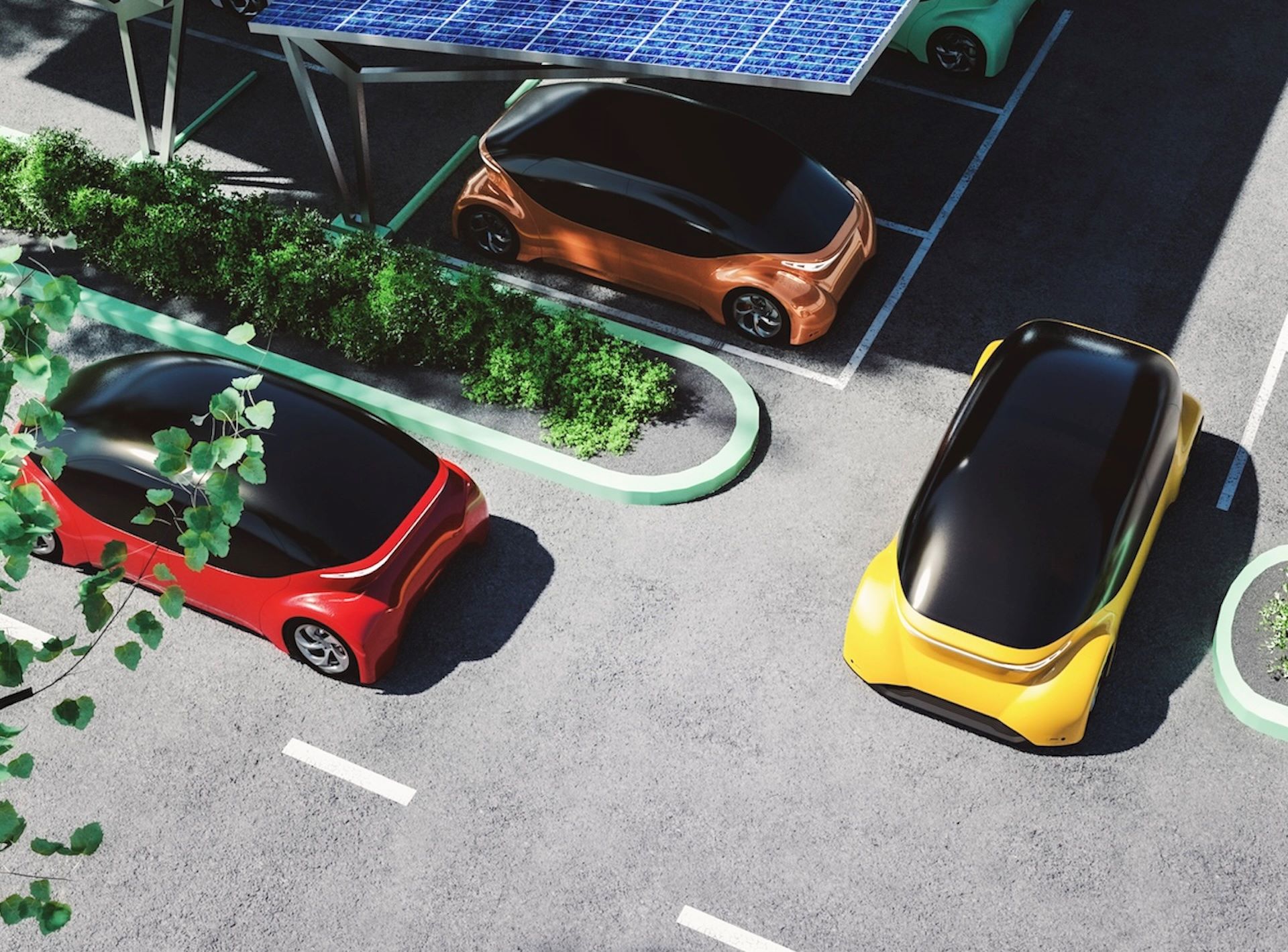
Imagine never having to pay for gas or charging again. This may sound like a pipe dream, but solar-powered cars could make that a reality. While some companies working on this technology have struggled to launch, a recent report by SNS Insider suggests the market is heading in a promising direction, estimated to grow by 37% by 2030.
Solar-powered cars could not only be a win for consumers but also a win for the environment. Like electric vehicles, they don't release pollution linked to asthma when driven. Excitingly, unlike EVs, their owners wouldn't need to pull energy from the grid to charge them. In the United States, most electricity still comes from dirty energy.
Join our free newsletter for weekly updates on the coolest innovations improving our lives and saving our planet.









